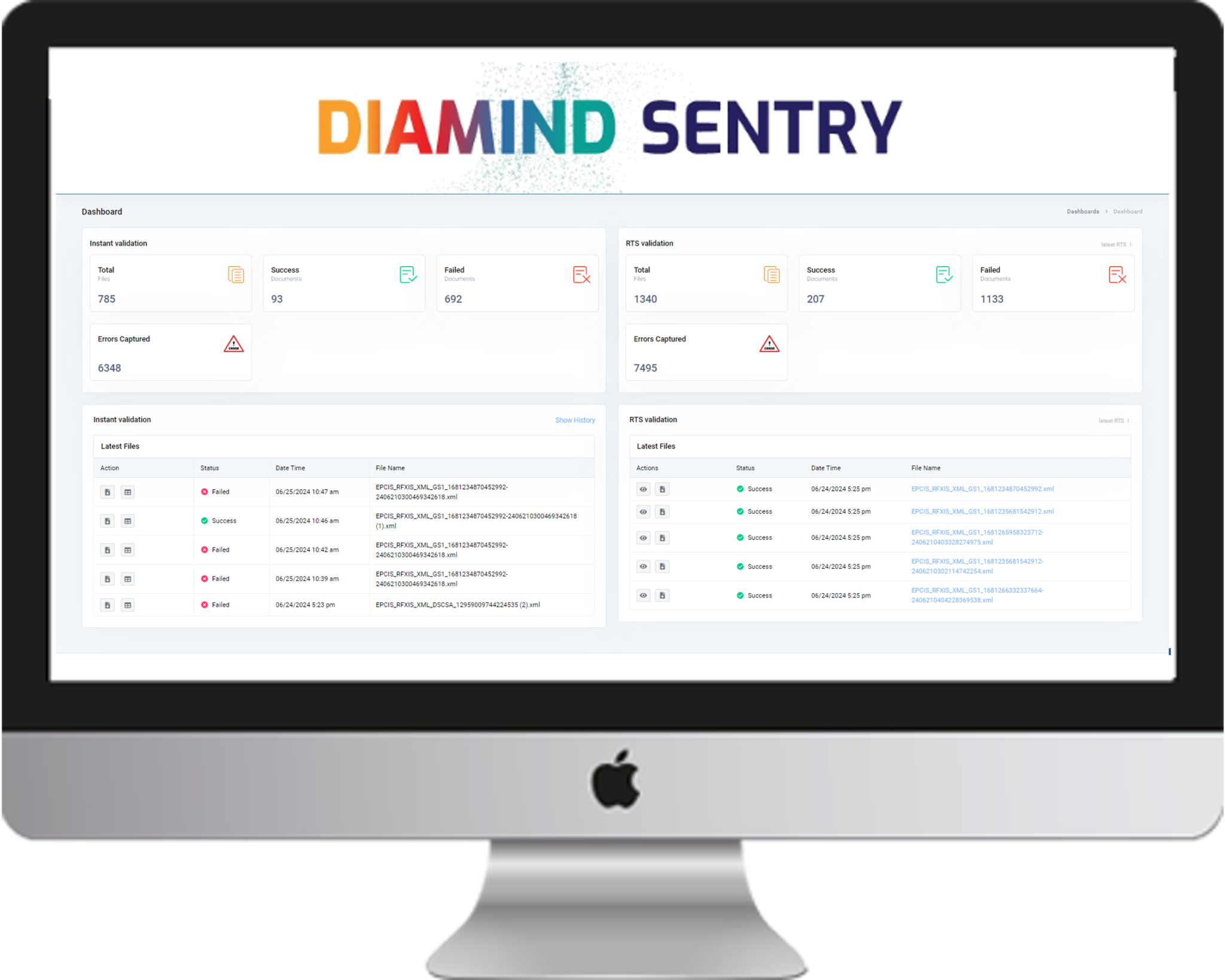It’s June, and it’s definitely ice cream season! It was 96°F (35°C) at our headquarters in Reno, Nevada, yesterday. Naturally, when we think of ice cream, we think about dairy traceability. Dairy traceability ensures consumer safety and keeps vital supply chains moving.
Most of our readers can probably assume that their food was manufactured, processed, transported, and stored safely and in accordance with quality standards and safety regulations. But the World Health Organization estimates that 600 million people are sickened from contaminated food products every year — and as many as 420,000 die. Dairy products are among the biggest culprits, as they can carry pathogens that cause foodborne illnesses.
The implications are significant. And they illustrate why dairy traceability is so important. Let’s take a look at where we are with dairy traceability in 2021.
Dairy traceability: the industry perspective
Dairy traceability has been on the industry’s radar for quite some time. For example, the Innovation Center for U.S. Dairy has been an advocate since at least 2009, when its Globalization Report noted that traceability was, in so many words, the future of the dairy supply chain.
In 2013, the Center published Guidance for Dairy Product Enhanced Traceability. Now in its third iteration (July 2020), it addresses much of what the FDA wants, including establishing and maintaining records with key data elements (KDEs) associated with critical tracking events (CTEs). There’s also a 21-point Dairy Traceability Checklist that manufacturers can use to evaluate if they follow enhanced dairy traceability best practices.
Last, the Center created the U.S. Dairy Traceability Commitment, “designed by processors, for processors, to increase global competitiveness, help satisfy future requirements of the Food Safety Modernization Act (FSMA) and, in the rare event of a safety issue, quickly isolate products to protect public health and prevent brand damage.”
Dairy traceability: the FDA perspective
Traceability — including dairy traceability — and modernization have also been on the FDA’s radar. We’ve written about this before, so we won’t drill down into the details today. In a nutshell:
- April 2019: The Agency announced the New Era of Smarter Food Safety, envisioning a modern approach to ensuring food safety through digital, tech-enabled traceability.
- July 2020: The New Era of Smarter Food Safety Blueprint outlined how to achieve these goals.
- September 2020: The Agency published “Requirements for Additional Traceability Records for Certain Foods” on its Food Traceability List.
The new requirements, also known as the Food Traceability Proposed Rule, apply to many popular cheeses, including brie, camembert, feta, mozzarella, Monterey Jack, cottage cheese, ricotta, and queso fresco.
Dairy traceability in 2021
Just about a year after the FDA announced its New Era of Smarter Food Safety Blueprint and the Innovation Center for U.S. Dairy updated its Guidance for Dairy Product Enhanced Traceability, it’s clear the dairy industry and the FDA are trying to get on the same page.
Generally, the industry has been receptive to the FDA’s efforts. The International Dairy Foods Association, for example, supports the New Era of Smarter Food Safety Blueprint. Still, many in the industry say the Food Traceability Proposed Rule isn’t necessary because supply chain stakeholders have been modernizing and building traceability systems without a government mandate.
With that in mind, the International Dairy Foods Association submitted comments to the FDA asking it to revise the recordkeeping requirements, arguing that doing so would support more widespread adoption of dairy traceability across the industry, to the ultimate benefit of the public. The Association is also working with the FDA to ensure dairy manufacturers have the proper direction and tools that support more efficient food safety practices and dairy traceability protocols.
Final thoughts
This quick sketch of dairy traceability makes two things clear. First, the FDA is all-in on modernization and traceability. Second, the industry understands the need for dairy traceability and has shown its willingness to commit to maintaining a modern, traceable supply chain.
In this environment, rfxcel’s traceability solutions will help dairy companies in any market modernize their food safety protocols, facilitate end-to-end traceability in a digital supply chain, comply with evolving regulations, and maintain trust with customers. Contact us for more information about how we can help, and check back soon for more about traceability in the food supply chain.





